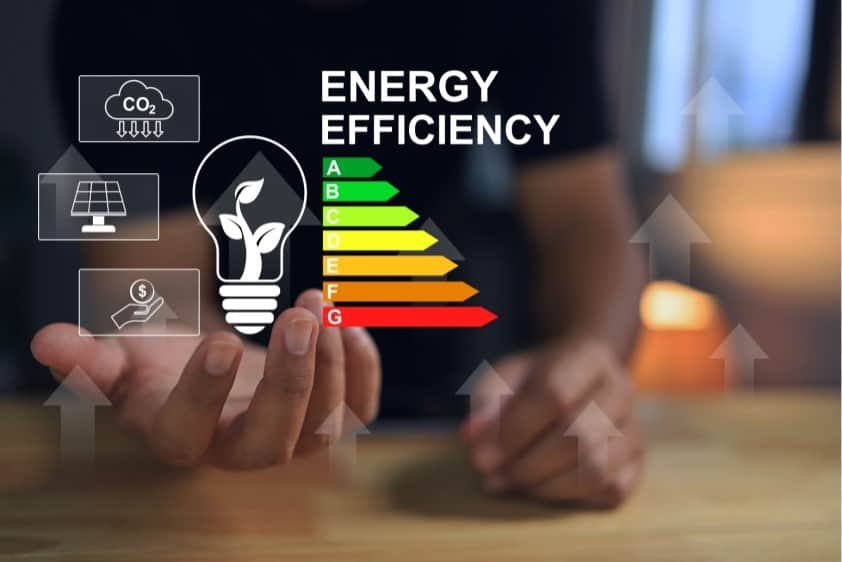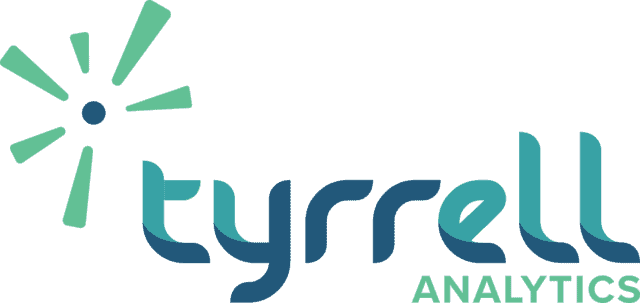Building analytics data can be a crucial step for businesses looking to gain insights and make data-driven decisions. By collecting and organizing data from various sources, businesses can create a comprehensive picture of their operations, customers, and market trends. One way building analytics data can help businesses is by providing a centralized location for data collection and analysis.
By implementing a data management system, businesses can collect data from various sources and organize it in a way that is easy to analyze. This can save time and resources that would otherwise be spent manually collecting and analyzing data from disparate sources.
Building analytics data can also help businesses identify patterns and trends that may not be apparent from individual data points. By analyzing large amounts of data, businesses can identify correlations and insights that can inform decision-making and strategy development.

Another way building analytics data can help businesses is by enabling predictive modeling. By analyzing historical data and identifying patterns, businesses can create predictive models that can help forecast future trends and make informed decisions. Overall, building analytics data can be a powerful tool for businesses looking to gain insights and make data-driven decisions.
By implementing a data management system and analyzing data, businesses can identify opportunities for improvement, stay competitive in their industry, and make better-informed decisions.
Implementing Energy Efficiency Measures In Building Management Systems
One of the challenges in integrating energy efficiency into building management systems is the lack of awareness about the benefits of energy-efficient systems. Many building managers and owners may not be familiar with the potential energy savings that can be achieved by using efficient systems. Additionally, the upfront costs of installing these systems may deter some building owners from making the necessary investments.
Simaxx Analytics provide several ways to implement energy efficiency measures in building management systems. One approach is to conduct an energy audit of the building to identify areas where energy usage can be optimized. This can involve the installation of energy-efficient lighting systems, heating and cooling systems, and other energy-saving devices.
Another method is to establish clear energy-saving goals and policies, and to integrate these into the building management system. This may involve setting targets for energy consumption, monitoring and analyzing energy usage data regularly, and identifying areas where energy consumption can be reduced.
The implementation of energy efficiency measures in building management systems requires careful planning, technical expertise, and ongoing monitoring and analysis to ensure that energy savings are realized and that the system is functioning efficiently.
Benefits Of Simaxx Analytics In Building Management Systems
Simaxx Analytics can be a powerful tool in building monitoring systems for businesses. By collecting and analyzing data, businesses can gain insights into their operations and identify areas where monitoring is necessary to improve efficiency and productivity.
One way Simaxx analytics helps in building monitoring is by providing real-time data on operations. By collecting data from various sources, such as sensors, machines, and employees, businesses can monitor their operations in real-time and identify potential issues or areas for improvement. This can help businesses identify problems early on and prevent downtime, which can lead to lost productivity and revenue.
Analytics can also help businesses identify patterns and trends in their operations. By analyzing historical data, businesses can identify patterns that may indicate potential problems or opportunities for improvement. This can help businesses develop monitoring systems that are more effective at identifying and addressing potential issues.
Another way analytics can help in building monitoring is by enabling predictive modeling. By analyzing historical data and identifying patterns, businesses can create predictive models that can help forecast future trends and identify potential problems before they occur. This can help businesses proactively monitor their operations and take action before problems arise.
Overall, analytics can be a powerful tool in building monitoring systems for businesses. By providing real-time data, identifying patterns and trends, and enabling predictive modeling, analytics can help businesses develop more effective monitoring systems that improve efficiency, productivity, and profitability.
How Analytics Helps In Compliance Management
Simaxx Analytics can be a valuable tool for businesses looking to improve their compliance management processes. By analyzing data and identifying potential areas of non-compliance, businesses can proactively take action to ensure they are meeting regulatory requirements and avoiding potential penalties or legal issues.
One way analytics helps in compliance management is by providing insights into patterns of non-compliance. By analyzing data on past non-compliance incidents, businesses can identify patterns and trends that may indicate potential areas of non-compliance in the future. This can help businesses proactively address these issues before they become a problem.
Analytics can also help businesses monitor their compliance in real-time. By collecting and analyzing data on various compliance-related activities, such as training completion rates, incident reports, and policy adherence, businesses can quickly identify potential compliance issues and take action to address them.
Another way analytics helps in compliance management is by enabling predictive modeling. By analyzing historical data and identifying patterns, businesses can create predictive models that can help identify potential compliance issues before they occur.
Simaxx analytics can be a powerful tool in compliance management for businesses. By providing insights into patterns of non-compliance, monitoring compliance in real-time, and enabling predictive modeling, analytics can help businesses identify potential compliance issues and take proactive measures to prevent them, ensuring they meet regulatory requirements and avoid potential penalties or legal issues.
Energy Compliance Management With Simaxx Analytics
Simaxx can play an important role in energy compliance management for businesses. By collecting and analyzing data on energy consumption and usage, businesses can identify potential areas of non-compliance with energy regulations and take action to improve their energy efficiency.
One way analytics helps in energy compliance management is by providing insights into energy consumption patterns. By collecting data on energy usage across various operations, businesses can identify areas of high energy consumption and potential energy waste. This can help businesses take action to reduce their energy consumption and comply with energy regulations.
Analytics can also help businesses monitor their energy usage in real-time. By collecting data from various sources, such as sensors and meters, businesses can monitor their energy usage in real-time and quickly identify potential areas of non-compliance. This can help businesses take corrective action before they exceed energy consumption limits and incur penalties or other consequences.
Energy efficiency can have a number of positive impacts on businesses, including:
Cost savings: By implementing energy-efficient practices and technologies, businesses can reduce their energy consumption and save money on utility bills. This can lead to significant cost savings over time, especially for businesses with high energy consumption.
Improved profitability: Energy efficiency can improve a business’s profitability by reducing operating costs and increasing productivity. By reducing energy consumption, businesses can free up resources to invest in other areas of their operations, such as research and development or marketing.
Enhanced reputation: Implementing energy-efficient practices can help businesses improve their reputation as environmentally responsible and sustainable. This can be important for businesses looking to attract customers and investors who value environmental stewardship.
Regulatory compliance: Energy efficiency can help businesses comply with energy regulations and avoid potential penalties or legal issues. By reducing their energy consumption, businesses can ensure they are meeting regulatory requirements and avoiding potential fines or other consequences.
Improved employee morale: Implementing energy-efficient practices can help improve employee morale and job satisfaction. Employees are more likely to feel engaged and motivated when they are working for a company that values sustainability and environmental responsibility.
One of the most notable benefits of energy efficiency in building management systems is cost savings. Energy-efficient buildings consume less energy, resulting in lower utility bills for building owners or tenants. Energy-efficient buildings also require less maintenance and upgrades, resulting in additional cost savings in the long run.
By reducing energy consumption, building management systems can also help to reduce the strain on the electrical grid during peak hours, resulting in more reliable electricity for all users. In general, energy efficiency in building management systems not only provides cost savings but also contributes to a more sustainable future.
